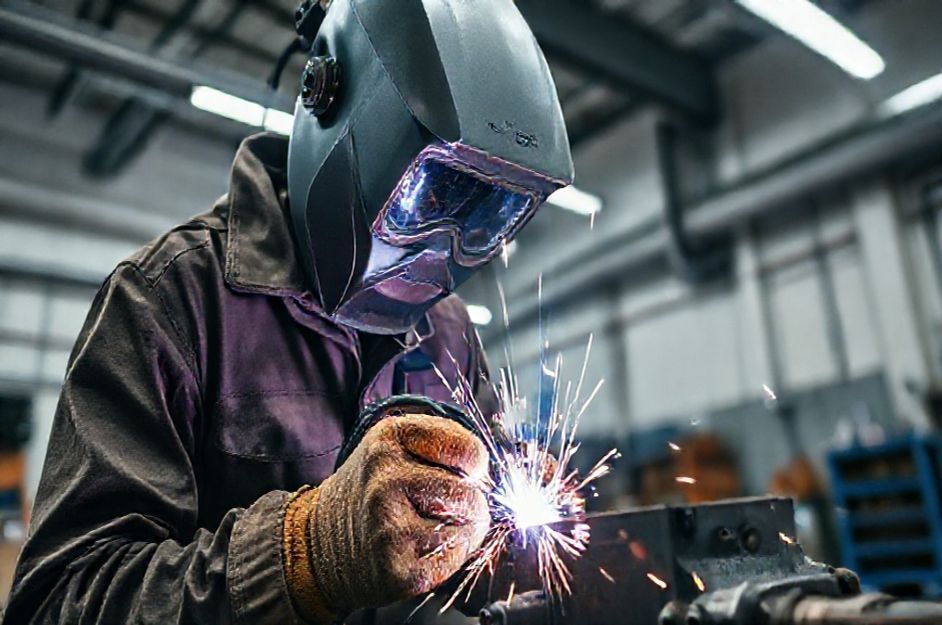Welding is a vital fabrication process used to join materials, typically involving melting materials with intense heat. This industry employs a significant workforce, demanding specialized training and rigorous safety protocols due to inherent dangers.
Beyond pre-employment training, welders must adhere to strict safety measures. While advanced technology and comprehensive knowledge minimize injury risks, they cannot be entirely eliminated. Exposure to extreme heat poses a burn risk. Welders mitigate this by wearing protective gear, including leather gloves and long-sleeved jackets, preventing skin contact with flames.
Eye safety is also crucial. The intense brightness of welding can cause corneal inflammation or retinal burns from ultraviolet light exposure. Protective helmets and goggles with darkened faceplates are mandatory. Some helmets have integrated faceplates for enhanced protection.
Furthermore, welders often face exposure to hazardous gases and fumes. Adequate ventilation is essential to reduce exposure. Employers are responsible for ensuring a safe working environment by upholding stringent safety standards.
Aspiring welders typically require certification through specialized classes. The duration of these programs varies depending on the welder’s desired specialization and expertise. Enrollment usually involves a fee, and classes typically span several months. Upon successful completion, graduates receive welding certification, qualifying them for industry jobs aligned with their training.
